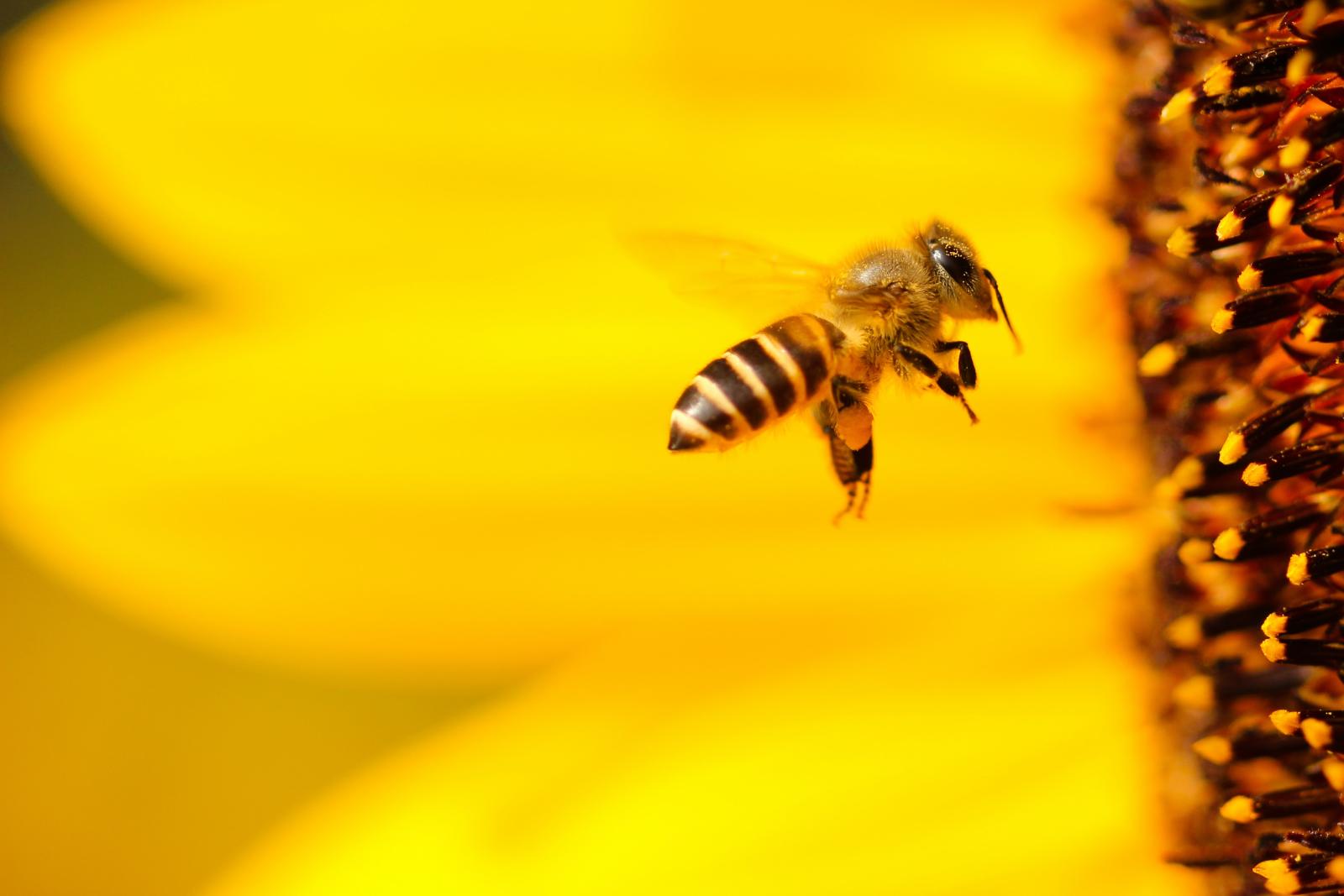Roberto Fornari has been working on crystal growth for almost 30 years. In 2003, Fornari decided to move from Parma to Berlin to continue his work as director of the Leibniz Institute for Crystal Growth. He is professor at the Physics Institute of Humboldt Universität Berlin since 2007. In 2010 he became the president of the International Organization of Crystal Growth.
On 1 October 2013, Fornari started to work at the University of Parma, where he intends to continue his activity on the next generation of oxide semiconductors, involving other research institutions such as DiFeST and CNR - Institute of Materials for Electronics and Magnetism. As reported on Parmaquotidiano.info, after several years working on research management, Fornari accepted the proposal of the local university with the purpose to offer his skills and experience to his country. At the same time, he will be able to do research directly, together with his new colleagues and graduate students.
Fornari decided to come back to Italy after 10 years abroad, but how many Italian researchers and students are still working and learning in Germany? In this country there are approximately 750 public-funded research institutions, about 100 research networks and clusters, 535 thousand staff members in Research & Development and 317 thousand scientists and scholars.
The German Academic Exchange Service publishes every year an interesting report, Wissenschaft Weltoffen, with the relevant data on the international nature of studies and research in Germany. There are also some important data about the brain drain of technical skills or knowledge from our country.
- In 2012, there were 8930 Italian students in Germany (+9.5% compared to 2011 and 3.4% of all foreign students) [link 1]. On the other hand, in 2010 there were only 1250 German students in Italy (+0.9% compared to 2009, but -39.5% compared to 2006) [link 8].
- In 2011 there were 3834 Italian first-year students (+8.3% compared to 2010 and 4.4% of all foreign first-year students) [link 2].
- In 2011 there were 1067 Italian graduates (+5.6% compared to 2010 and 2.8% of all foreign graduates) [link 3].
- In 2011 there were 296 Italian post-graduates (+17.0% compared to 2010 and 2.1% of all foreign postgraduates) [link 4].
- In 2011 there were 154 post-docs (+11.6% compared to 2010 and 3.3% of all foreign post-docs) [link 5].
- In 2011 there were 361 Italian academics or university teachers (-0.3% compared to 2010 and 4.3% of all foreign professors) [link 6].
- In 2011 there were 2095 Italian academic and artistic staff members (+11% compared to 2010, but +62.8% compared to 2007) [link 7].
The comeback of Fornari is surely positive, but it seems the classical exception to the rule. Over the past decade, more than 300 thousand young Italians between 25 and 37 years old emigrated, primarily to Germany, United Kingdom, France and United States, to take the opportunity to have a better future. Actually, the academic exchanges, especially in scientific fields (mathematics, physics, chemistry, biology), are common worldwide, but the Italian brain drain is too often a one-way trip without return [link 9].


